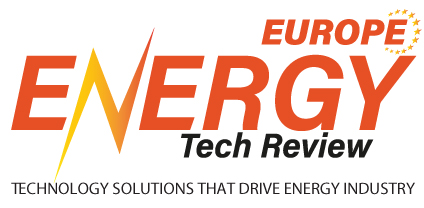Robert Gomez is a seasoned professional with a strong background in the renewables and power generation industry. Currently serving as senior director of asset performance at Ørsted, he is skilled in operational decision-making and asset health monitoring and improvement. Gomez has previously worked with EDP Renewables and Brüel & Kjær Vibro. He holds a bachelor of science in mechanical engineering from the University of Florida and possesses expertise in heat transfer and energy and software like Pro/ENGINEER MATLAB.
Hands-On Operations to High-Tech Oversight
I started my journey in traditional energy, engaging deeply in field operations, including diagnostics and vibration monitoring. As my career evolved, I transitioned to equipment health and performance monitoring. Today, I oversee a team of data scientists and analysts dedicated to enhancing asset performance. Our diverse portfolio encompasses wind, solar and battery storage systems across the U.S.
Binding Data for Innovation
The renewable energy sector presents a fascinating field, particularly in performance diagnostics and analytics. This industry offers distinct opportunities for optimization driven by data and innovative approaches. Rapid technological advancements have been a challenge and a catalyst for growth as the sector evolves, with changes occurring almost decade by decade.
The diversity and widespread distribution of equipment in renewable energy provide numerous sensors and measurement opportunities to enhance operational efficiency. Over the years, the industry has increasingly recognized and embraced these opportunities, focusing on solving complex problems related to large-scale power generation.
Adapting to Innovation
My approach to operations and asset management has profoundly transformed with the rise of advanced computing technology. Initially, my career was centered on harnessing the power of data science and optimization. My methods have evolved as technology advances to incorporate the latest innovations and tools. As a leader in renewable energy projects, I understand the importance of robust processes and a solid data infrastructure to drive efficiency.
“Maintaining an open mind and staying familiar with changes allows us to position ourselves effectively, identify emerging opportunities and capitalize on them as they arise.”
Today, I realize that addressing complex data challenges requires collaboration. Leveraging advanced data science and AI presents significant opportunities, and partnering with specialized firms that excel in these fields is essential. By merging our industry knowledge with their technical expertise, we can significantly improve sustainability and operational efficiency.
High-Tech Horizons
The renewable energy sector, particularly in the U.S., is at an exciting crossroads. The industry is ripe with potential with legislative advancements like the Inflation Reduction Act opening new avenues for development. In my role of managing asset performance I focus on improving and analyzing efficiency, where I recognize significant opportunities in advanced computing technologies like AI and generative AI.
While traditional data science methods remain valuable, I believe the key lies in effectively organizing and sharing data. This approach will transform our ability to run projects more efficiently and gain deeper insights. As we integrate these advanced technologies in the coming years, our sector may begin to resemble a high-tech industry parallel to the major tech players, particularly within operations and asset management.
Technological Advances and Future Planning
Balancing the rapid evolution of technology with long-term planning presents a significant challenge. The swift pace of change in technologies like larger inverters and turbines compels us to prioritize immediate concerns over new technology’s performance and potential pitfalls. This focus on short-term evaluation hampers our ability to plan effectively for the future, as we must consider whether to base our strategies on current technology or anticipated advancements.
The key issue is deciding whether to base our plans on current technology or future innovations. We work closely with industry partners to stay informed about technological trends that support our planning. While new technologies improve energy extraction and production, they present a trade-off between adopting the latest solutions and sustaining a long-term strategy. By maintaining strong relationships with partners, we can address immediate issues and prepare for future advancements.
Stay Ahead of the Curve
My key piece of advice is to embrace continuous learning. The renewable energy industry evolves rapidly, requiring us to swiftly adapt to new technologies and policies. This constant change creates opportunities that we can only seize by staying informed and flexible. Opportunities may arise in various forms—whether through technological advancements, AI developments or shifts in policy. Maintaining an open mind and staying familiar with changes allows us to position ourselves effectively, identify emerging opportunities and capitalize on them as they arise.












